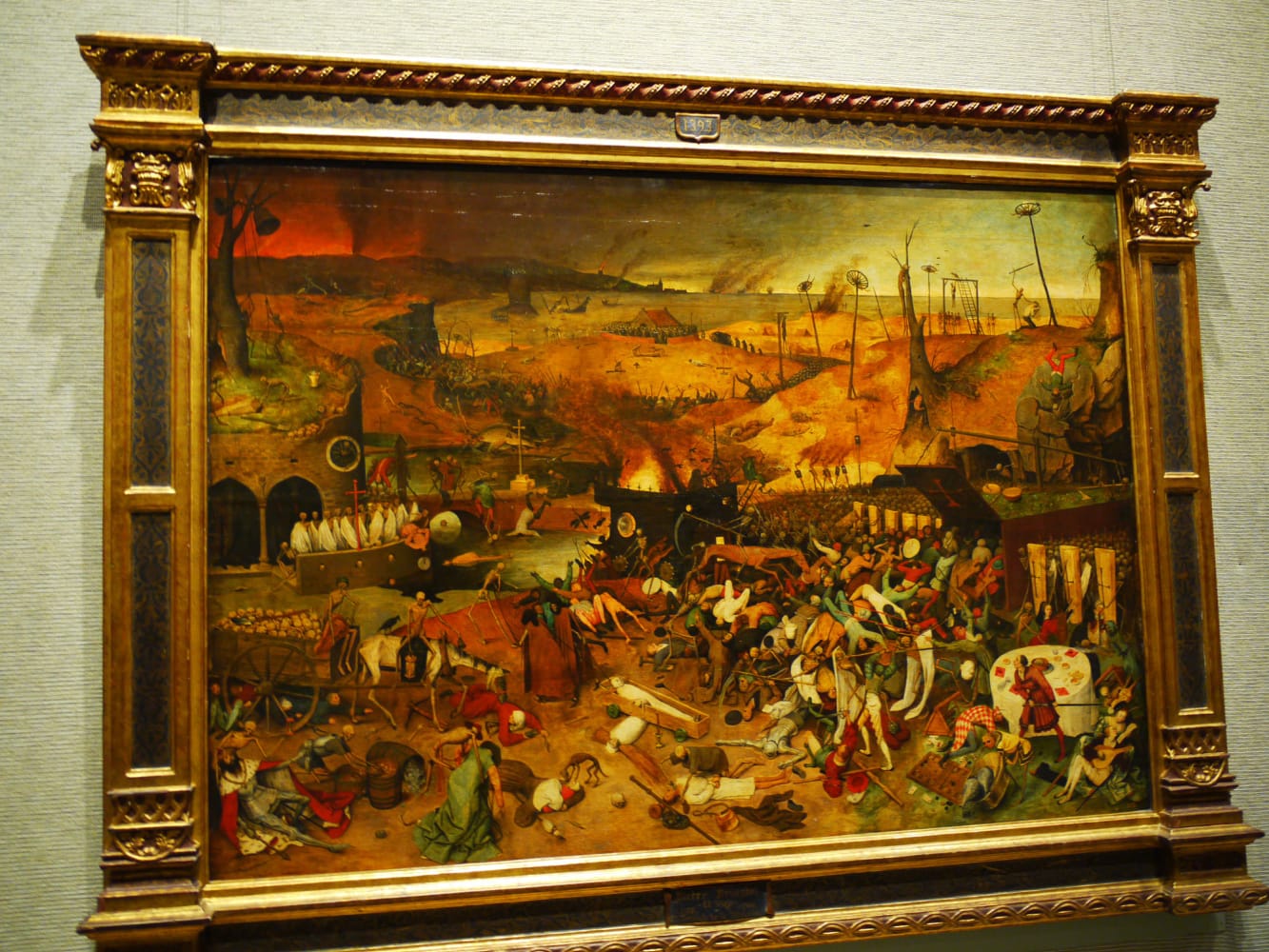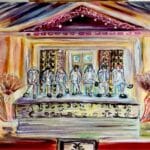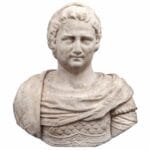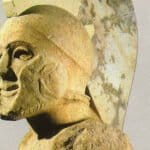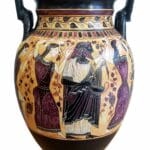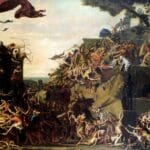Unveiling Bruegel’s Terrifying Vision: A Glimpse into the 16th Century
Pieter Bruegel the Elder’s “Triumph of Death”, painted around 1562, isn’t your typical oil painting; it’s a visceral punch to the gut, a macabre masterpiece that still feels unsettlingly relevant today. Imagine a world ravaged by plague and war, where a skeletal army tramples across the earth, indiscriminately gathering the souls of the living. This is the chilling scene that Bruegel masterfully renders, forcing us to confront the one inevitable truth of existence: death comes for us all.
[https://www.lolaapp.com/roman-bronze-ephebe]
Why is “Triumph of Death” So Haunting?
This isn’t just a random assembly of skeletons; Bruegel depicts a highly organized, strategic force, highlighting the cold efficiency with which death operates. Kings and queens are reduced to mere pawns in death’s game, their earthly possessions meaningless in the face of oblivion. This concept of death as the great equalizer, stripping away the illusions of power and status, was a prominent theme in 16th-century art and literature, known as the “Danse Macabre” (Dance of Death).
Some experts suggest that Bruegel was also subtly critiquing the social injustices of his era. By showcasing the vulnerability of all, from the highest echelons of power to the humblest peasant, he reminds us that death plays no favorites.
Decoding the Painting’s Dark Message
Bruegel masterfully employs symbolism to amplify the painting’s impact. A shattered hourglass, its sands spilled, serves as a stark reminder of time’s relentless passage. Discarded musical instruments and gaming tables symbolize the fleeting nature of earthly pleasures. These elements, scattered amongst the chaos, encourage the viewer to contemplate the true value of life and the legacy they will leave behind.
Here’s what “The Triumph of Death” might be trying to tell us:
- Death is the Ultimate Leveler: Whether you’re a king or a pauper, death eventually comes knocking.
- Life is Fleeting: Our time on this earth is finite, and material possessions mean nothing in the grand scheme of things.
- Live a Life of Purpose: Instead of chasing worldly ambitions, perhaps we should focus on living a meaningful life, one marked by kindness, compassion, and love.
- Don’t Fear the Inevitable: “Triumph of Death” isn’t just about being afraid of dying; it’s about acknowledging death’s inevitability and using that knowledge to guide our actions while we still have time.
The Enduring Power of Bruegel’s Vision
Painted in the aftermath of the devastating Black Death, “Triumph of Death” captured the anxieties and spiritual upheavals of a generation grappling with mortality. The 16th century was a period of immense religious and social change, and Bruegel’s masterpiece reflects this sense of unease and uncertainty.
What makes “Triumph of Death” so enduring is its ability to transcend time. Centuries later, we are still captivated by its macabre beauty, disturbed by its unflinching realism, and challenged by its philosophical implications. In a world consumed by distractions, it serves as a stark reminder to slow down, appreciate the preciousness of life, and ponder the legacy we wish to leave behind.
- Unlocking 2-Letter Words with U: The Definitive Guide - April 4, 2025
- Unlock Words with the Letters THREE: Top Unscramble Tools 2025 - April 4, 2025
- Master Scrabble: X & Z Words for High Scores - April 4, 2025
